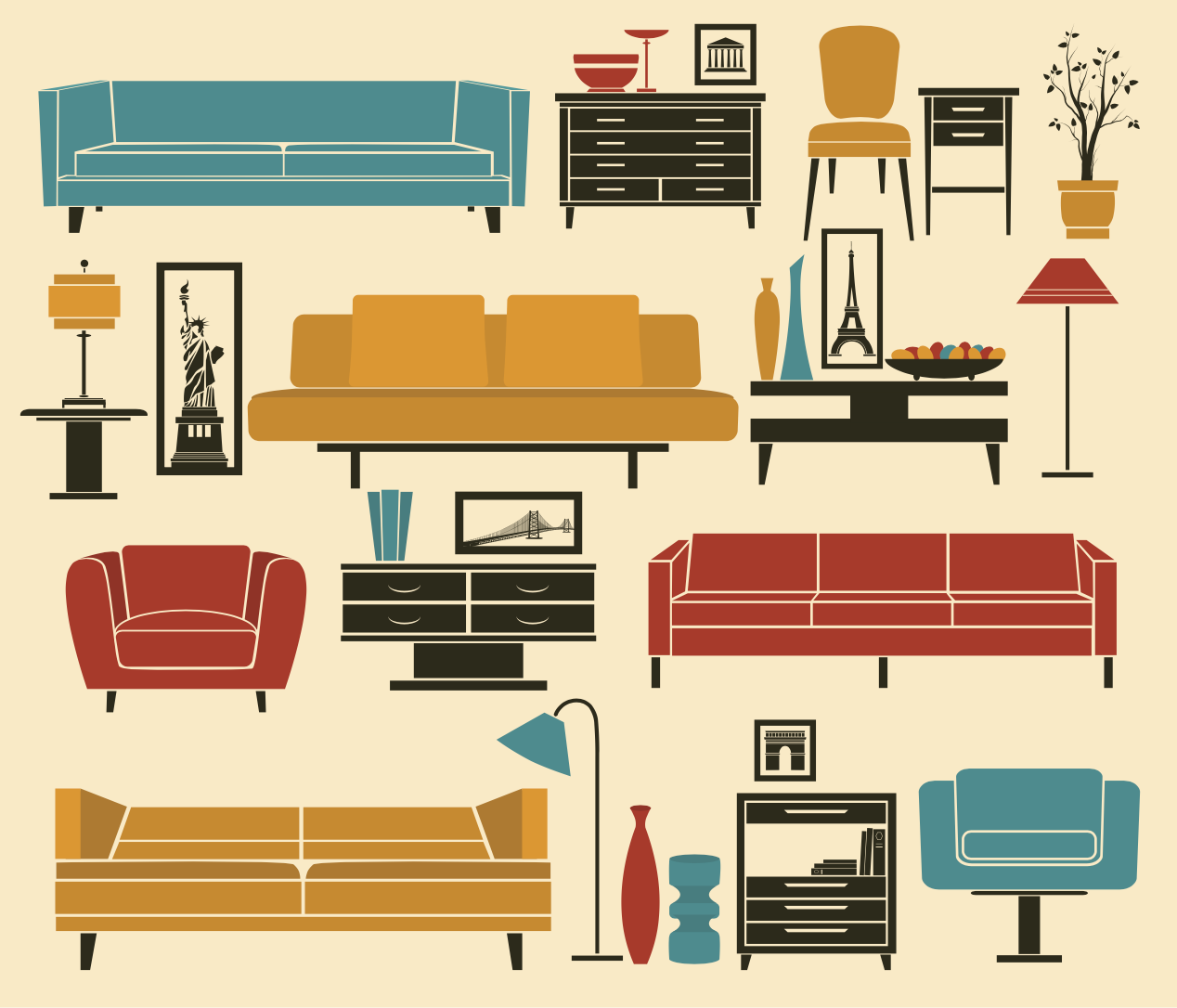For designers, the internet is the sharpest of double-edged swords. It’s impossible to overstate the opportunity that social media platforms like Pinterest and Instagram have unlocked for designers, or to exaggerate the range of product, inspiration images and career advice available online. On the other hand, every designer will be familiar with the phenomenon of receiving an email from a client that goes something like this: “So I was scouring the internet and I found that one coffee table $2.25 cheaper. … ”
Lynsey Humphrey is no exception. As a principal at Utah-based design firm (and furniture brand) Alder & Tweed, she experienced firsthand the frustration of getting shopped online. “It was a real struggle to get around e-comm,” she tells host Dennis Scully on the latest episode of The Business of Home Podcast. “The client would sit in the comfort of their own home and shop my whole design across platforms that have come onto the scene over the past 10 years, and it was impossible to compete.”
Humphrey, also an entrepreneur who has dabbled in starting online ventures (including Design Kollective, a resource for brick-and-mortar sellers), decided to develop a tool to help designers push back against the challenge of getting shopped. The result? SideDoor, a platform that she launched last year.
At its basic functionality, SideDoor is a sourcing tool. Once accepted, designers can log in and browse product from more than 70 vendors that cater to the trade (to name a few: Universal Furniture, Stark Carpets, Caracole and Arteriors). Designers can use the platform like a digital multiline and source product at trade pricing for their projects with no minimum order size—Humphrey’s team handles the shipping and logistics.
However, the special sauce to SideDoor is that designers can share a shoppable list of product—either privately or publicly on their websites—that clients can buy from directly. After the client makes a purchase, the designer earns a trade margin—Humphrey and her business partner Chad Smith say it averages around 31 percent.
There are obstacles for designers: SideDoor doesn’t do fabric (for now, says Humphrey) or customization (again, for now); the platform also does not offer returns for buyers. But perhaps unsurprisingly, the promise of earning a trade margin through online sales has proven to be a tempting draw for designers—Humphrey says there were 5,000 sign-ups in the early months alone.
The big challenge is not with demand but supply. Getting vendors signed up is a complicated challenge. For one, many are locked into business models that don’t allow them to sell cleanly online. (In a nutshell, it’s hard to know what to do with online orders that come from a territory where a brand has a rep or a deal with a showroom.) For another, those that want to get online are often woefully underprepared from a data standpoint.
“[They need to] get good images, dimensions, weights, get everything into a format that works. Plus, the inventory [is] layered on top of that, because now they have to go out to their warehouse, do inventory, then they have to decide what’s coming in on the supply chain side and add that into their data—it’s a behemoth!” says Humphrey. “Ninety percent of the vendors in our industry do not have that.”
Smith is sympathetic to the challenges of bringing a trade business model online—to a point. “The old-school brands I talk to have a lot of legacy stuff that’s preventing them from changing and adapting, be it rep networks, exclusive relationships in the industry, trade-only showroom dealerships,” he says. “These are tough calls that brands have to make, and there are so many considerations: Are these company reps or independent reps? Are these trade-only showrooms producing, or is the traffic no longer coming there and everybody wants to do it online?” he says. “My argument to these guys is, ‘I understand your business problem, but the customer doesn’t care. The designer frankly doesn’t want to hear about it. They want to do beautiful work with your beautiful products. We want to make that happen.’”
Listen to the episode below. If you like what you hear, subscribe on Apple Podcasts or Spotify. This episode was sponsored by Atlanta Market and The House of Rohl.
Homepage photo: Shutterstock





























